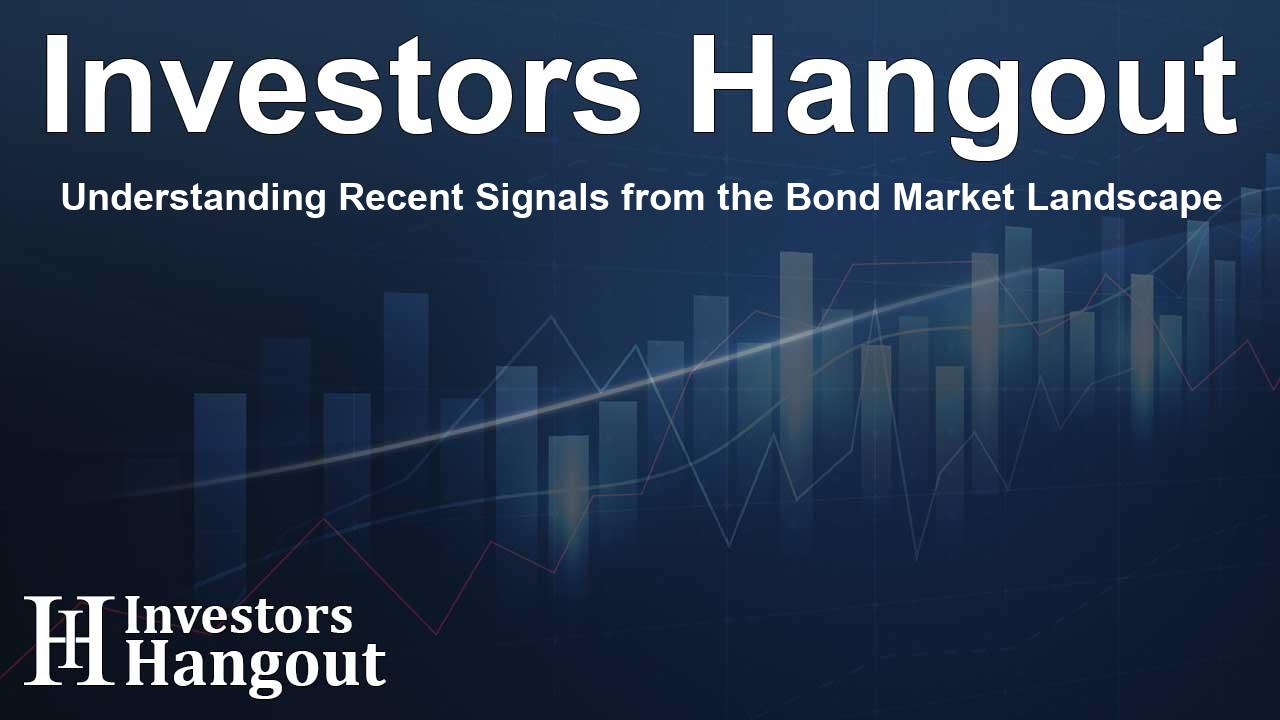Understanding Recent Signals from the Bond Market Landscape

Recent Indicators from the Bond Market
Recently, the bond market has shown significant signs that could indicate a recession, prompting careful consideration from investors and economists alike. The combination of a softening job market and expected interest-rate cuts from the Federal Reserve has sparked discussions about potential changes in the economic environment.
A key element of the $28 trillion Treasury market, the yield curve, has undergone a notable transformation, with two plots turning positive after a long period of inversion. This shift has led analysts to reevaluate their forecasts regarding economic stability.
Interpreting the Changes in Yields
On the last trading day, the 10-year yield closed at a promising 3.710%, while the 2-year rate finished at 3.651%. This is particularly significant as it marks the first time since July 2022 that the 10-year yield has exceeded the 2-year yield. Such movements often reflect Wall Street's expectations and positioning regarding potential rate cuts by the Federal Reserve.
As investors absorbed these changes in yields, there was no need for alarm. Instead of a panic reaction, these fluctuations represent a broader understanding of market expectations concerning forthcoming actions from the Federal Reserve, including possible interest rate cuts.
Market Reactions and Economic Indicators Explained
The notable drop in bond yields has been a recurring theme since late summer, following comments from Fed Chair Jerome Powell that hinted at forthcoming rate cuts. Market participants now seem to believe that significant rate changes could occur during the Fed's next policy meeting.
However, the historical reliability of the yield curve as an economic indicator is being questioned. Experts like John Flahive, a leader in fixed income, argue that the current market dynamics differ from the past. The expansion of the global bond market and the diverse strategies employed by central banks may influence the predictive capacity of yield movements.
Considering Future Economic Trajectories
In this context, investors are left contemplating the speed at which the Federal Reserve might implement rate cuts, especially as concerns about economic contraction persist. Recently, U.S. stocks have experienced significant losses, with the Dow Jones Industrial Average and S&P 500 reflecting their largest declines since the regional banking crisis began.
Economists suggest that the Federal Reserve may need to adjust interest rates to ensure economic stability. Although current job data is slightly below expectations, it presents a mixed outlook, leading several analysts to revise their predictions for future rate changes.
Frequently Asked Questions
What does the yield curve indicate about the economy?
The yield curve is an essential tool that reflects expectations regarding economic growth or contraction. A positive yield suggests investor confidence, whereas an inverted yield often signals a potential recession.
Why is the recent rise in the 10-year yield significant?
The 10-year yield exceeding the 2-year yield indicates a shift in investor sentiment, implying expectations of economic recovery or changes in monetary policy.
How do Federal Reserve rate cuts affect the economy?
Federal Reserve rate cuts are generally aimed at stimulating economic growth by reducing borrowing costs, which encourages spending and investment by consumers and businesses alike.
What role do bond yields play in market predictions?
Bond yields act as a barometer for investor sentiment, with changes often predicting shifts in monetary policy, economic conditions, and broader market trends.
Is the bond market's predictive power declining?
Some experts argue that the bond market's predictive capabilities may be diminishing due to the global interconnectedness of markets and differing central bank strategies. Nonetheless, it continues to be a focal point for market analysis.
About The Author
Contact Olivia Taylor privately here. Or send an email with ATTN: Olivia Taylor as the subject to contact@investorshangout.com.
About Investors Hangout
Investors Hangout is a leading online stock forum for financial discussion and learning, offering a wide range of free tools and resources. It draws in traders of all levels, who exchange market knowledge, investigate trading tactics, and keep an eye on industry developments in real time. Featuring financial articles, stock message boards, quotes, charts, company profiles, and live news updates. Through cooperative learning and a wealth of informational resources, it helps users from novices creating their first portfolios to experts honing their techniques. Join Investors Hangout today: https://investorshangout.com/
The content of this article is based on factual, publicly available information and does not represent legal, financial, or investment advice. Investors Hangout does not offer financial advice, and the author is not a licensed financial advisor. Consult a qualified advisor before making any financial or investment decisions based on this article. This article should not be considered advice to purchase, sell, or hold any securities or other investments. If any of the material provided here is inaccurate, please contact us for corrections.
